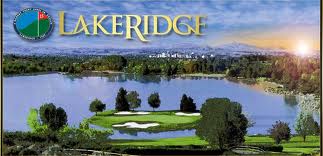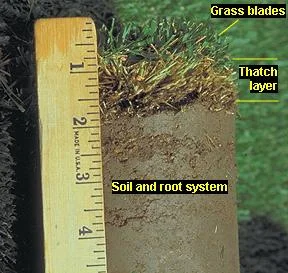Key Takeaways
Lakeridge Golf Course offers:- Locals Rate: An attractive mid-week rate for Reno residents, enhancing its accessibility.
- Golf Carts: Top-notch carts equipped with advanced GPS and self-braking features, unique in Reno.
- Scenery: Old-growth surroundings with breathtaking views, especially from the signature Par 3 hole 15.
- Greens: Well-maintained greens that are more forgiving, allowing for score recovery on challenging holes.
Lakeridge Golf Course is one of the staple golf courses of Reno, NV. While it is one of the top recommended courses for tourists to play, it is also a Reno local favorite. The course is a 6141-yard Par 71 located just off of the south McCarren loop. While many of Reno's newer courses boast a desert landscape, Lakeridge was established in 1969 and has several old growth trees across all 18 holes. Lakeridge has several great features to offer, and after my round this past week I would like to offer my pros and cons of this great Reno course.
Pros:
1.) Locals Rate: I am not sure if this is a new feature to Lakeridge, but this year I noticed they started to offer a mid-week, $55.00 locals rate. I believe this is well worth the cost for guys like me who have played it multiple times, and especially for those who have never played it. Although this rate is not low enough to make it an every week go-to course, it is reasonable enough for tight budget Reno locals like myself to try and make it out once a month.
2.) Golf Carts: These carts are absolutely the top of the line in Reno. The carts include a very detailed GPS software with an additional GPS distance locator on the back, which no other course in town offers. The carts also offer a self braking mechanism that doesn't require the operator to set a parking brake. I know it is kind of strange to speak so highly of golf carts, but they are extremely helpful on this course and are included in the course fee.
3.) Scenery: The old growth that surrounds this course is unlike any other course in Reno. It allows trees, lakes, and streams to come into play for a majority of the holes. Their signature hole 15, a Par 3, provides some of the greatest views of the city. While the scenery from this tee box is spectacular, the hole itself is not very friendly and is almost impossible to hit, especially if there is any wind present. Depending on the wind conditions, it seems standard to take 4 clubs to the tee box and just guess which one might get you to the green.
4.) Greens: While many courses I have played this year are suffering from dry winter conditions, which have affected their greens, the Lakeridge greens were in great shape. The difficulty level of the greens is on the easier side, which allowed me to make up some strokes from water balls on previous holes.
Cons:
1.) Rate of Play: Due to the popularity of this course, the rate of play is rather slow. I have yet to play this course in under 4.5 hours, even during the mid-week twilight time. Given the sophisticated GPS trackers on board, I would hope to see a Marshal on the course in the future to help the speed of play.
2.) Difficulty: I have yet to play the "tips" on this course, and if I was a better player I probably would. I find myself playing the traditional "Lakeridge" tees, which normally involve a t-shot and then a gap wedge or less to get on the green of most holes. Many of the par 4s on this course seem rather short for anyone that can drive 280+. Although this helps my game and I should not be complaining, I find myself attempting to drive the green on holes 1, 3, 5, 14, 16, and 17. This might not seem like a complaint because it is a major advantage to have a long drive, but the length of the course is definitely shorter than some others in Reno.
Overall, I love Lakeridge Golf Course and strongly recommend any local to take advantage of the "locals deal" they offer, which I don't normally recommend for many of the other courses in Reno.








